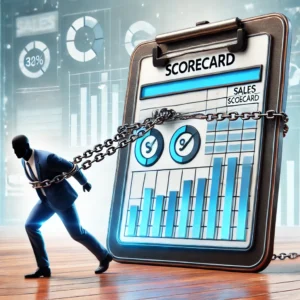 Both sales professionals and companies have brands. In our world of overwhelming options and distractions, a brand becomes shorthand to communicate things like:
Both sales professionals and companies have brands. In our world of overwhelming options and distractions, a brand becomes shorthand to communicate things like:
- You’re in the right place
- You can trust me
In his book, This Is Marketing, Seth Godin says that as consumers, “We scan instead of study.”
We area all busy. We are bombarded with messages. So, our mind filters things out and quickly categorizes them. When we see a person or a company our mind immediately asks, “What does this remind me of?”
First impressions are huge. Look at the logos of the Fortune 100 and you begin to notice that they all have a lot of similarities. Why? Because they want to look like each other. It’s a shorthand for “We’re successful and stable.”
Consider today’s sales professionals in a business to business environment. In the industry I grew up in, the common dress is a dark suit, pressed shirt, and (thankfully these days) tie optional. Why do we dress like this? Because it’s shorthand to our prospects that we are professional. It signals that we are in the right place.
If I showed up to a B2B sales meeting in bluejeans and a t-shirt, in my world it would send the wrong signals and I might get vetted out before I even had a chance to engage. If you sell to farmers and you show up on their farm in a suit and shiny shoes, you’d get vetted out as well.
(Granted, there are many people who are dressed well that don’t have any substance. Larry Levine and I call these people “Empty Suits”, but that’s a topic for another day. The point I want to make here is that if you’re not wearing the right suit you may not get to first base with a prospect.)
The way we brand ourselves as individuals and companies gives a signal to the prospect that either builds or kills trust.
How Can You Differentiate If You’re Supposed To Look the Same?
“That’s great, Darrell. But aren’t you saying that I should differentiate myself and my company to stand out from the competition?”
Yes, but you have to be careful. You need to fit the role to the prospect. At the same time you need to stand out. The stand out should be subtle.
It’s like a navy suit, white shirt, and colorful socks. Or maybe it’s the dark suit and the shirt with the fancy buttons or colorful trim inside the collar. You fit the role, but there is something that stands out.
What I’m talking about here is not so much how we dress, although that is important. I’m talking about our brands. As individuals and companies, we need a brand that makes buyers feel like they are in the right place while also showing something that signals we have something unique to add.
Let’s first think about this from the perspective of a sales rep’s brand and then from the perspective of company branding.
Branding For Sales Reps
You need to look professional. If not, you will get vetted out. As unfair as it is, your first impression to buyers is critical.
Dress Code
This impacts your dress. Tom Hopkins always advised us to be appropriate in our dress. Pay attention to the details. Look professional. But also look for subtle ways to stand out–like the colorful socks or fancy shirt.
Digital Dress Code
This impacts your digital dress code. In the B2B space, it’s no secret the buyers are forming impressions based on what they see on LinkedIn. Pay close attention to how your profile looks. Make sure you have a professional photo. You should also consider your tag line and summary. These are the colorful socks on for your online brand.
I see many reps with tag lines that are boring (“Sales Rep”–talk about a great way to get vetted). On the other extreme, I see tag lines that are a major turnoff (“Contact me to save huge money on your printing”). Somewhere in the middle is good: “Helping CFO’s and IT Professionals Control Expenses and Boost Productivity”.
Presentation Materials
Your presentations and documents can either communicate professionalism or diminish trust. If you use programs like PowerPoint or Word, it would be a good idea to know how to use the formatting features to make your documents look professional. It’s not hard. That extra effort to look top-notch helps build your brand.
I cringe when I get documents or see presentations from sales reps that look homemade. Hopefully your company has provided you with templates that match the brand elements. (Worried? Read this article on How To Look Like a Pro When Formatting LinkedIn Blog Articles.)
Branding For Companies
Whether you are a one man band, a growing small business, or a regional powerhouse, your company brand plays a critical role in your success. Your brand can make prospects feel comfortable and confident or it can make them feel like they are working with amateurs.
Ditch the Homegrown Design
Seth Godin says, “The internet is littered with websites, emails, and videos made by amateurs. Amateurs who made something that they liked. Which is fine. But what a professional does is design something that other people will like.”
Unless you have the Adobe suite and some professional training, NEVER try to design anything by yourself. Many well-intentioned business owners trying to be creative and/or save a dime create logos, flyers, and other materials that look homegrown.
Putting home-grown design in front of a prospect hurts your brand. It damages confidence. It’s a drag on your credibility. It slows down the sale.
How do you know if something is homegrown? Here are a few clues:
- Your logo has Arial or Times font (Unless you sell school supplies or homeschool materials, if your logo has Comic Sans in the font you should close this article and shut your doors and file for bankruptcy.)
- You made your company brochure in a product created by Microsoft. Yes, this includes Publisher
- Your PowerPoint presentations have Times font
- Your Word Documents use bold and italic instead of “H1, H2, H3, and normal”. (Don’t know what “H1, H2, H3, and normal” are? Take some time to look them up – it will change your life.)
Get rid of the homegrown stuff. Burn it. All this stuff is doing is making it harder for you to sell. You may have saved a little money by doing it yourself, but you are costing your company 100X more in lost sales.
Hire a design professional to make sure you have a contemporary logo, a stylish font, a color set, professional brochures, and Microsoft presentation templates.
Don’t Try to Be Too Clever
I’m an entrepreneur and a creative person. Like many business owners, I have dozens of ideas a day. Of the 12 ideas I have today, 1 or 2 might be good. The rest are terrible.
When it comes to your brand, you will likely have a bunch of ideas. Most of them will be terrible.
The key is to build a brand that communicates confidence–like the navy suit. Then, from time-to-time, add some colored socks.
For example, don’t try to reinvent how websites are laid out with a clever design. There is a way that people expect a website to look. When you go outside the bounds, it confuses people and they leave.
Instead, build a professional website that emulates current design and layout standards. Then, focus on the message and graphics. Make those the unique, colored socks part of your brand.
In Summary
If you’re a sales rep or a business owner, take a fresh look at your brand. Ask some trusted friends and clients for honest feedback. Pay attention. Make sure your brand “fits” what buyers expect while adding in some colored socks to differentiate. {{cta(‘946e8c4c-9c98-446b-b7e4-a48e016dfcad’,’justifycenter’)}}
*This article originally appeared on LinkedIn Pulse on January 16, 2019.





